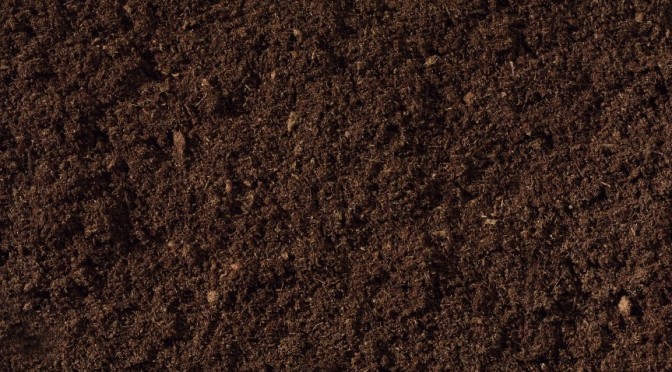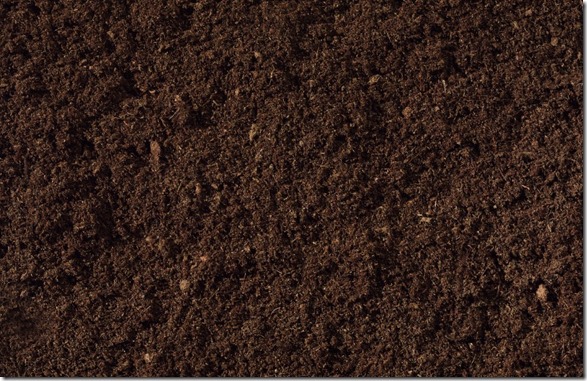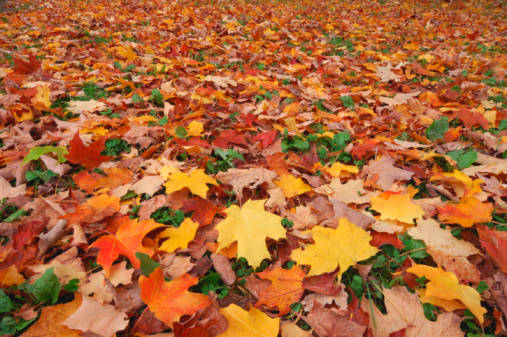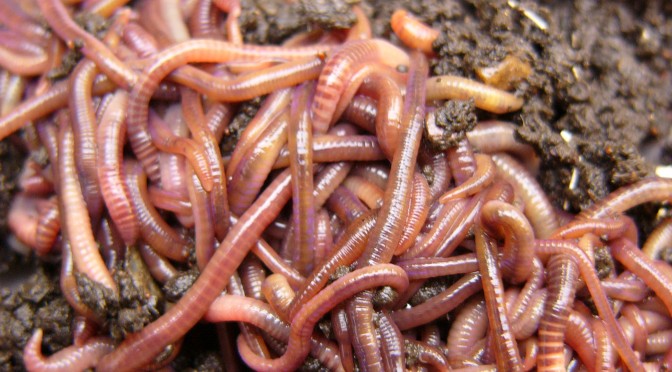Here in Texas the weather is starting to warm up, despite the strange winter we have received this year. Today was especially crazy with the low overnight at our house being 34 degrees and the high this afternoon being 78 degrees. CRAZY!
Being an advocate of using compost as an alternative to chemical fertilizers, I like to start early, preparing my beds for spring planting. Not only does compost keep our organic waste out of the garbage landfills, but it provides many nutrients for plants, which help keep them healthy. As we know, plant disease and insect infestation are generally caused by plants which are low in essential nutrients. Insect infestations of unhealthy plants are nature’s way of ensuring only the healthiest of plants perpetuate the species.
If you must buy compost, please ensure that you are purchasing certified organic compost. Introducing chemically-laden compost into your organic garden dis counterproductive. Now is a good time to get a good layer of additional compost in your garden beds. I know that many people practice hand tilling their soil to get newly-laid compost into the ground, but I prefer to let nature work for me. Layering compost on top of your mature beds and allowing worms, microbes and other soil inhabitants to mix up the ground is my preferred method. In my opinion, tilling merely disturbs the microbes in your soil and we don’t want to do that.




